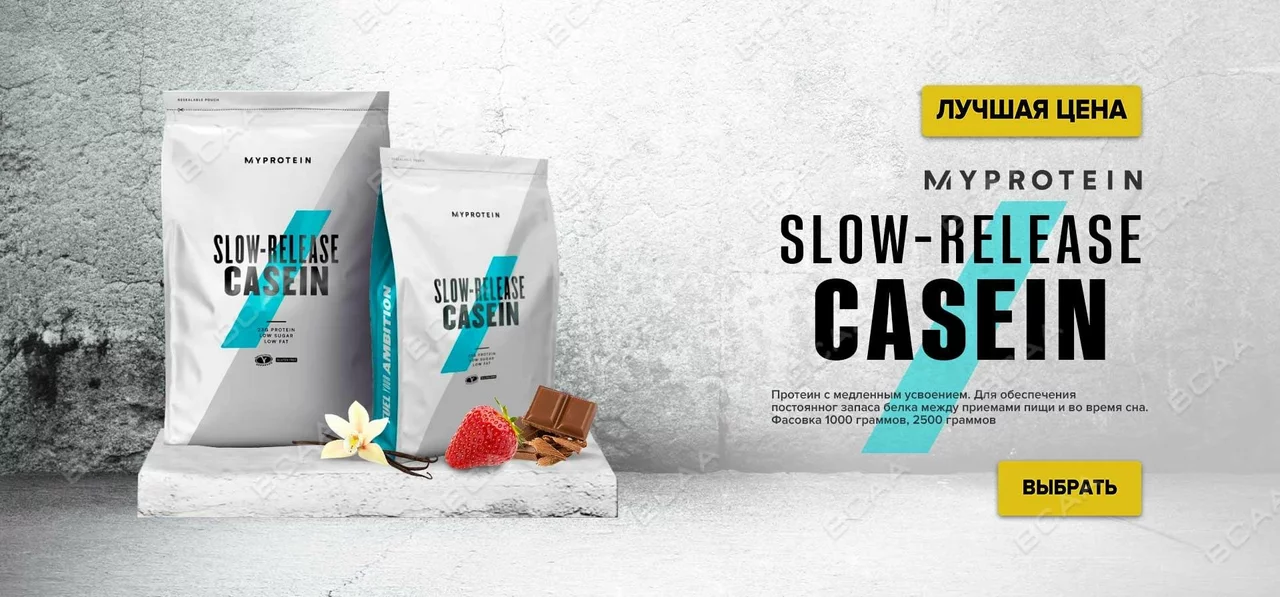Fitness journey: practical, safe steps to real progress
Want real change without burning out or getting injured? Start with small, clear habits you can keep. Consistency beats intensity when you’re building a body that lasts. This page gives straightforward steps to help you start, stay safe if you take meds, and pick supplements that actually help.
Start simple and build consistency
Pick two habits for the next four weeks: one movement habit (like 20–30 minutes of walking or a short strength routine) and one nutrition habit (add a protein source to two meals). Short, repeatable wins build confidence faster than big, sporadic efforts.
Strength training twice a week preserves muscle and speeds up metabolism. You don’t need a gym—push-ups, squats, lunges and dumbbell rows work fine. Increase weight or reps slowly: add 5–10% when the current load feels easy for two sessions in a row.
Cardio should match your goals. For fat loss, steady walks and two weekly higher-intensity intervals (10–20 minutes total) give a lot of benefit without overwhelming recovery.
Nutrition, recovery, and trackable wins
Focus on protein (0.6–1.0 g per pound of bodyweight if you’re active), vegetables, and whole carbs around workouts. Small, measurable wins matter: drink one extra glass of water a day, sleep 30 minutes more, or swap one sugary snack for fruit—these add up.
Rest matters. Two full rest days a week and proper sleep help strength gains and lower injury risk. Track workouts and food for a few weeks to spot trends. Use simple metrics: weight lifted, reps, resting heart rate, or how your clothes fit.
Working through aches? Address them early. Mild soreness is normal; sharp pain is a warning. Scale back, change exercise, or see a physiotherapist if pain persists beyond a few days.
If you take prescription meds, check how they affect exercise. Some common issues to watch for:
- Statins (like simvastatin or rosuvastatin) can cause muscle soreness. If unusual pain or weakness shows up with workouts, tell your doctor.
- Diuretics or blood pressure combos (for example enalapril with hydrochlorothiazide) change fluid and electrolyte needs—drink and salt appropriately under medical advice.
- Thyroid meds and supplements: timing matters. Iron and calcium can block absorption—separate them from your tablet by a few hours.
- Sedatives (like diazepam) or strong pain meds can impair coordination and raise injury risk—avoid heavy lifting until you know how they affect you.
Supplements that often help: a basic protein powder for convenience, creatine for strength and muscle gains, and a simple multivitamin if your diet is inconsistent. Acetyl-L-carnitine sometimes helps energy and recovery, but talk with a clinician before adding anything.
Last tip: set one short-term goal and one long-term habit. Short-term could be "do three strength sessions this week." Long-term could be "make protein part of two meals daily." Small wins keep motivation, and steady progress keeps results.
Have specific meds or conditions and want tailored tips? Ask your healthcare provider or send us a question—fitness looks different when health and meds matter, and a little planning keeps you safe and moving forward.
Transform Your Fitness Journey with the Power of Casein Peptides: A Comprehensive Guide
In my latest comprehensive guide, I explored the incredible benefits of incorporating casein peptides into your fitness journey. These powerful proteins not only support muscle growth but also improve overall health and well-being. By understanding how casein peptides work and how to effectively include them in your diet, you can truly transform your fitness results. I've broken down the science behind this powerhouse supplement and provided practical tips for incorporating it into your daily routine. Don't miss out on discovering the secret to unlocking your fitness potential with the power of casein peptides!





